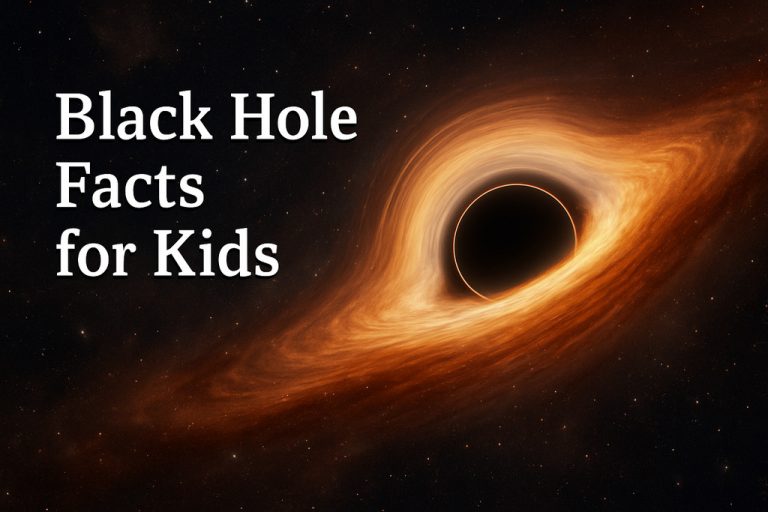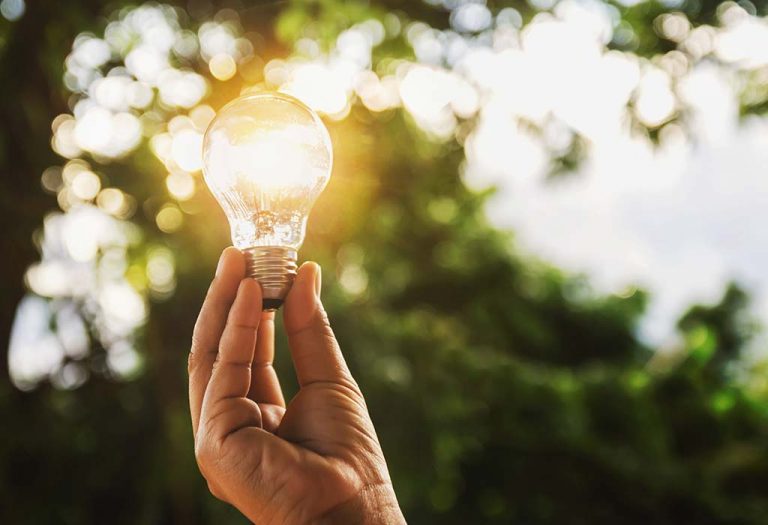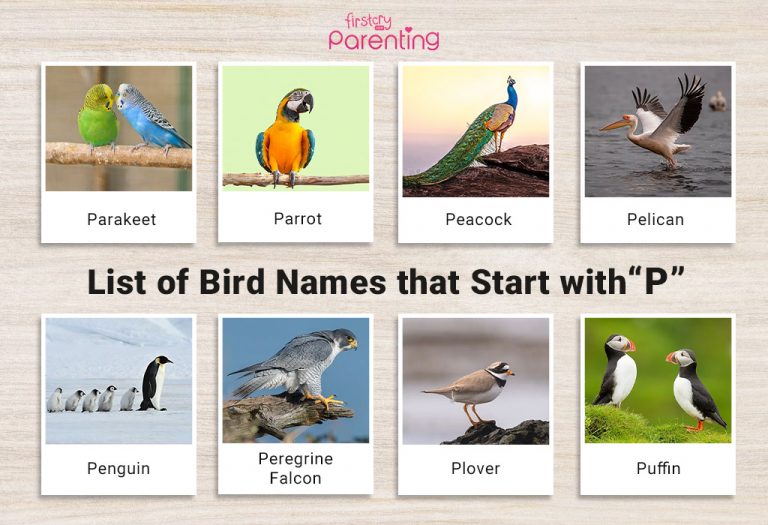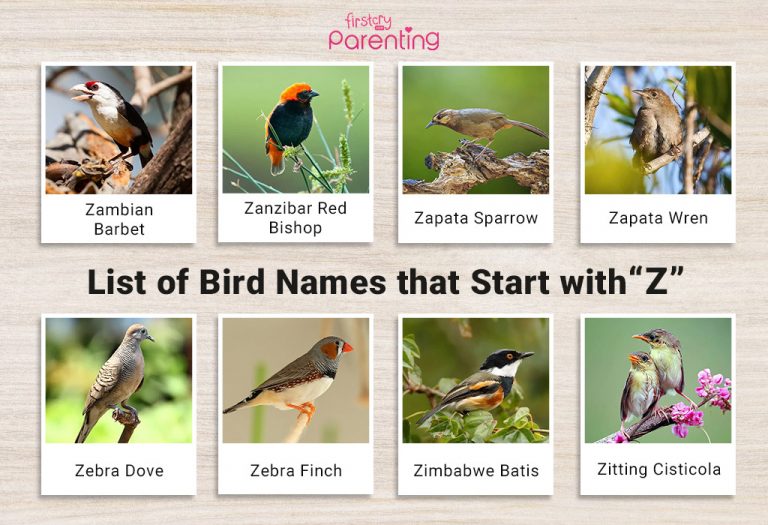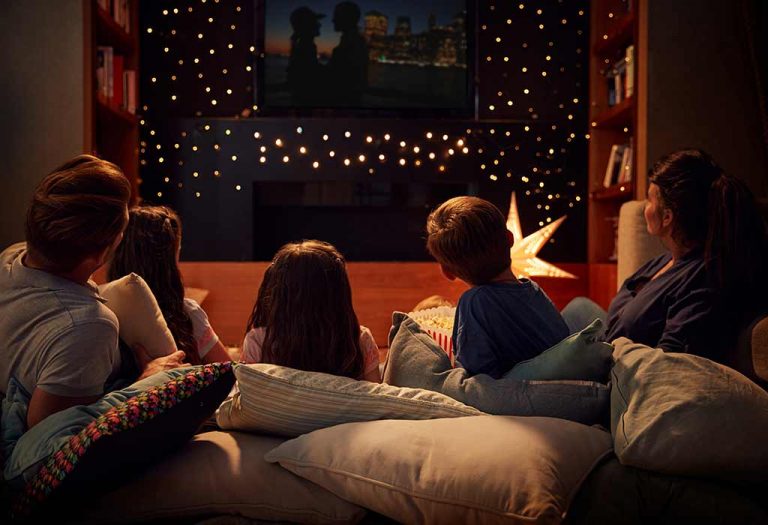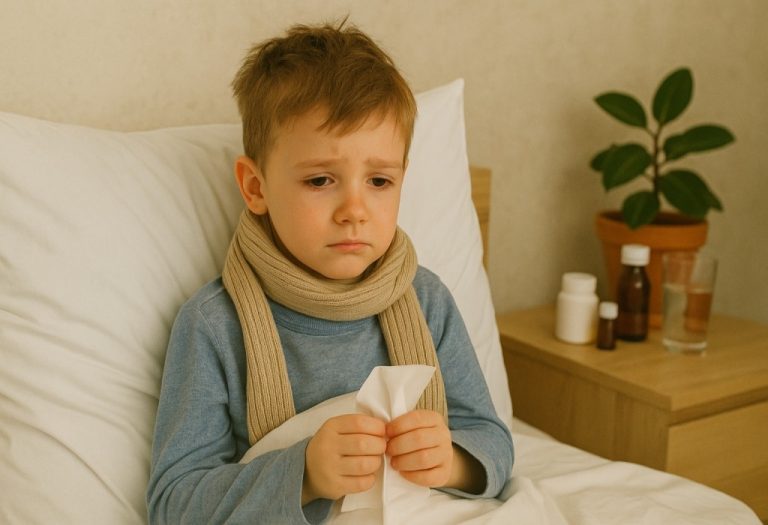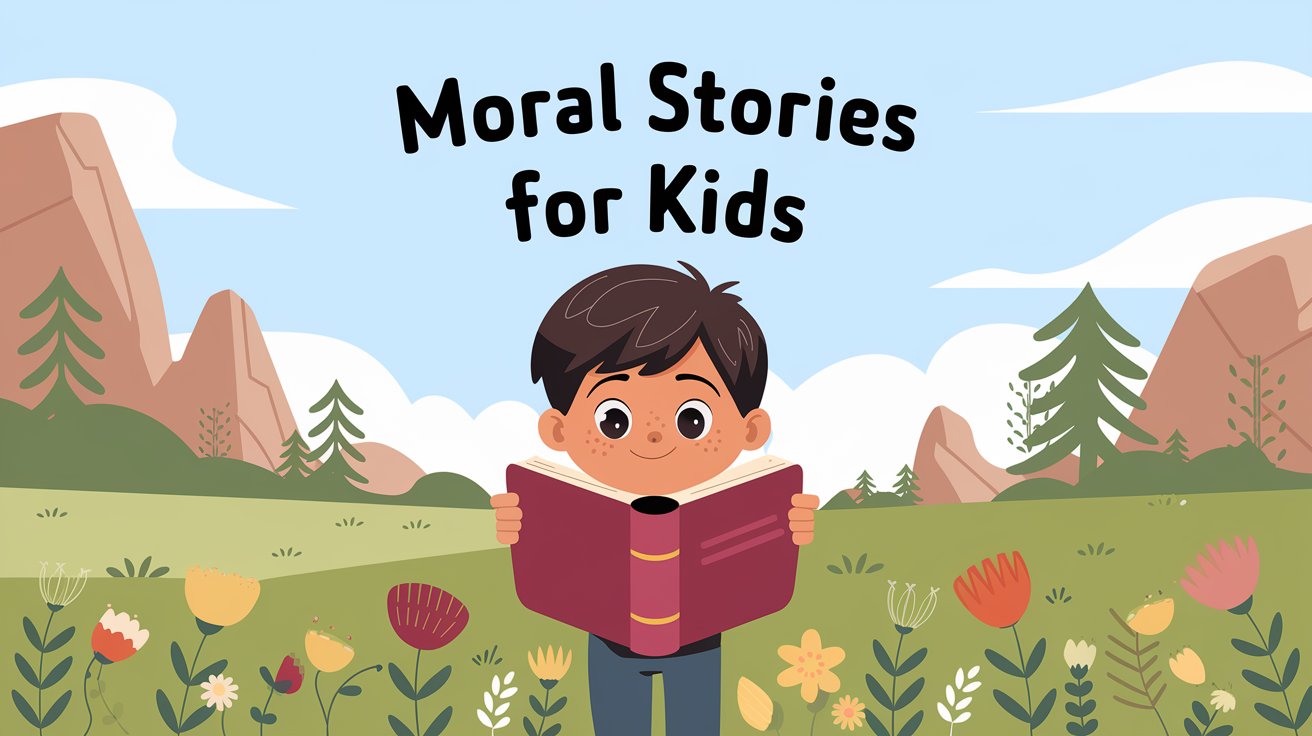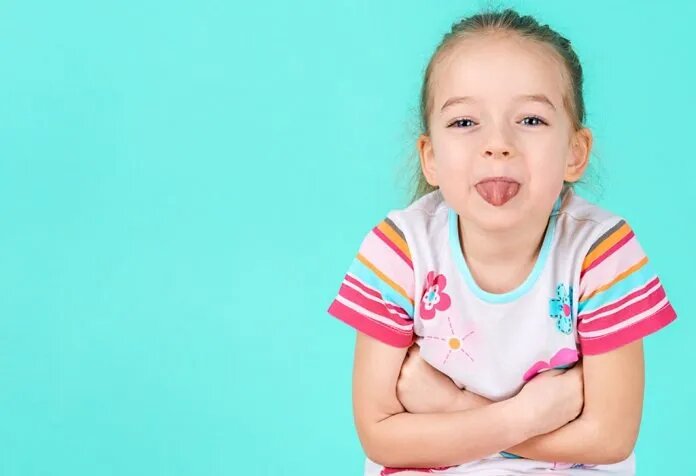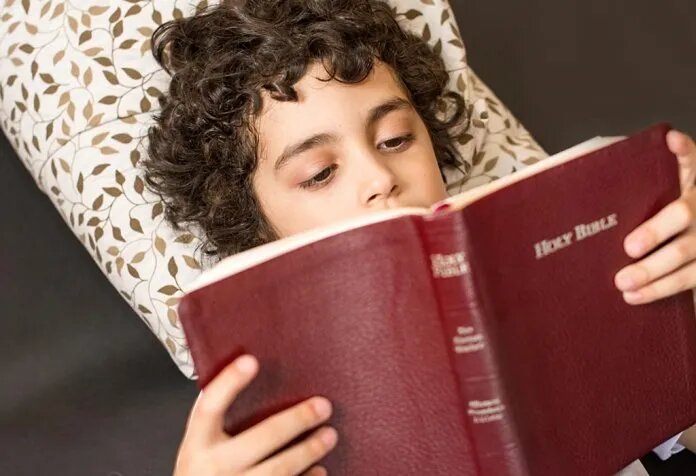20+ Interesting Black Hole Facts for Kids
There’s something fascinating about the mysteries of space, and black holes are at the very top of the list! Kids everywhere are curious about how black holes work, where they come from, and what would happen if you got near one. Thinking about black hole facts can make you feel like a detective unravelling the universe’s best-kept secrets. These cosmic wonders are the stuff of science fiction movies and wild imaginations, but real scientists spend their lives studying facts about black holes for kids and adults alike. Does a black hole suck up everything around it? Can we see a black hole with a telescope? Why do people say not even light can escape? Let’s dive in and discover some amazing, and sometimes surprising truths about these mysterious monsters lurking in outer space.
What Is Black Hole?
A black hole is a place in space where gravity is so strong that nothing can escape, not even light. Matter gets squeezed into a tiny spot so it becomes invisible, but its pull is still there (1).
Do Black Holes Live Forever?
Black holes do not live forever. They slowly lose their energy and shrink over a very long time. One day, even the biggest black holes will disappear, but that takes longer than we can imagine.
Types of Black Holes
Black holes are not all the same. They come in different types based on how they form and how big they are. Scientists have found four main types of black holes. Each one is special in its own way (2).
1. Primordial Black Holes
These black holes are believed to have formed right after the Big Bang, when the universe began. They are very old but don’t exist anymore today. Scientists think they were the starting point of the universe itself.
2. Stellar Black Holes
These are the most common kinds. They form when a big star explodes at the end of its life and then collapses. These black holes are heavier than our sun but much smaller than supermassive black holes.
3. Intermediate Black Holes
These black holes are between the stellar and supermassive types. They are bigger than stellar black holes but not as huge as supermassive ones. Scientists are still learning about how these black holes form.
4. Supermassive Black Holes
These are the giants of black holes. They sit at the centre of most galaxies, including our own Milky Way. They are millions or even billions of times heavier than our sun. Supermassive black holes can be made from many smaller black holes merging together.
How to See Black Holes?
Black holes are invisible because they trap all light around them. This makes them very hard to see directly. But scientists have learned clever ways to find black holes in space by looking at what happens near them.
Since black holes pull in stars and gas with their strong gravity, these objects can get really bright and give off special signals before they disappear. By watching these signals with telescopes, scientists can figure out where black holes are hiding. This is one of the coolest black holes in space facts. In 2019, scientists even captured the first image of a black hole’s shadow.
Amazing Black Hole Facts for Kids
Black holes are some of the most exciting things in space to learn about. They are full of surprises and mysteries that can amaze anyone. Here are some cool black hole facts for children that make these space objects even more fascinating.
- Black holes have gravity so strong that nothing can escape, not even light.
- They form when huge stars collapse after burning out all their fuel.
- Black holes can be small, like a city, or supermassive, like millions of suns combined.
- You cannot see a black hole directly because it traps all the light around it.
- Black holes have something called an event horizon, which is like a point of no return.
- If you cross the event horizon, you cannot come back out.
- Black holes can spin very fast, some nearly as fast as the speed of light.
- The centre of our Milky Way galaxy has a supermassive black hole called Sagittarius A* (3).
- Black holes can merge with other black holes to make even bigger ones.
- Time slows down near a black hole because of its powerful gravity.
- Black holes can pull in gas and dust, making a bright light around them called an accretion disk.
- Scientists know where black holes are by watching how stars move near invisible points in space.
- Black holes do not roam around to swallow planets; they mostly stay in the same place.
- Some black holes may slowly shrink and disappear by giving off tiny energy called Hawking radiation (4).
- The largest black holes are found at the centre of galaxies.
- Black holes can stretch and pull objects that get too close, a process sometimes called “spaghettification (5).”
- The first picture of a black hole was taken in 2019 and showed its dark shadow surrounded by bright gas.
- Black holes are mysterious but help scientists understand more about space and gravity.
- No black hole is close enough to Earth to be a danger.
- Black holes are like cosmic mysteries waiting to be solved by future space explorers.
Weird Facts About Black Holes
Black holes are not just powerful, they can be pretty strange too. Some of the things scientists have learned about them sound almost like science fiction. Here are some black hole fun facts that might surprise you.
- Black holes are invisible because they trap light, but they can make space around them glow with bright gas.
- Time actually slows down near a black hole compared to far away in space.
- Black holes can be tiny or huge, but even the smallest ones can weigh more than a million suns.
- Anything that falls into a black hole gets stretched like spaghetti because of strong gravity.
- Black holes can create ripples in space called gravitational waves when they crash into each other.
- Black holes slowly lose energy and can disappear after trillions of years by giving off Hawking radiation.
- You cannot hear any sound from black holes because space is silent, and sound needs air.
- Some black holes spin so fast that they can twist space around them like a whirlpool.
FAQs
1. Can black holes be used for space travel?
Scientists have imagined using black holes to travel to faraway places in space. But in reality, getting close to a black hole is very dangerous because its gravity can pull everything apart. So, space travel using black holes is still only an idea for the future.
2. What happens if two black holes crash into each other?
When two black holes collide, they combine to form a bigger black hole. This crash also sends ripples through space called gravitational waves, which scientists can detect with special instruments (6).
3. Can a black hole ever stop growing?
A black hole grows by pulling in matter around it. If there is no more stuff nearby, it can stop growing. But because space has so much matter, many black holes keep growing for a very long time.
4. Are black holes dangerous to Earth?
No, black holes are very far away from Earth. The closest one is millions of light-years away, so it does not pose any threat to us here at home. Earth and our solar system are safe from black holes.
Black holes are some of the most fascinating and mysterious objects in space. They show us how powerful gravity can be in the universe. Even though we cannot see black holes directly, scientists learn about them by studying their effects on nearby stars and gas. Black holes come in different sizes, from small ones formed by stars to supermassive ones at the centre of galaxies. They have surprising features like bending time and pulling in everything near them. While they may seem scary, black holes are far away from Earth and do not pose any danger to us.
Also Read:
Forests Facts for Kids
Facts About Light for Children
Human Body Facts for Kids
Earth Facts for Kids
Facts About Light for Children
Was This Article Helpful?
Parenting is a huge responsibility, for you as a caregiver, but also for us as a parenting content platform. We understand that and take our responsibility of creating credible content seriously. FirstCry Parenting articles are written and published only after extensive research using factually sound references to deliver quality content that is accurate, validated by experts, and completely reliable. To understand how we go about creating content that is credible, read our editorial policy here.
1. National Aeronautics and Space Administration – Black Hole Basics
2. National Aeronautics and Space Administration – Black Hole Types
3. National Aeronautics and Space Administration – Supermassive Black Hole Sagittarius A*
4. Encyclopedia Britannica – Hawking radiation
6. National Aeronautics and Space Administration – Black Hole Collision May Have Exploded With Light





